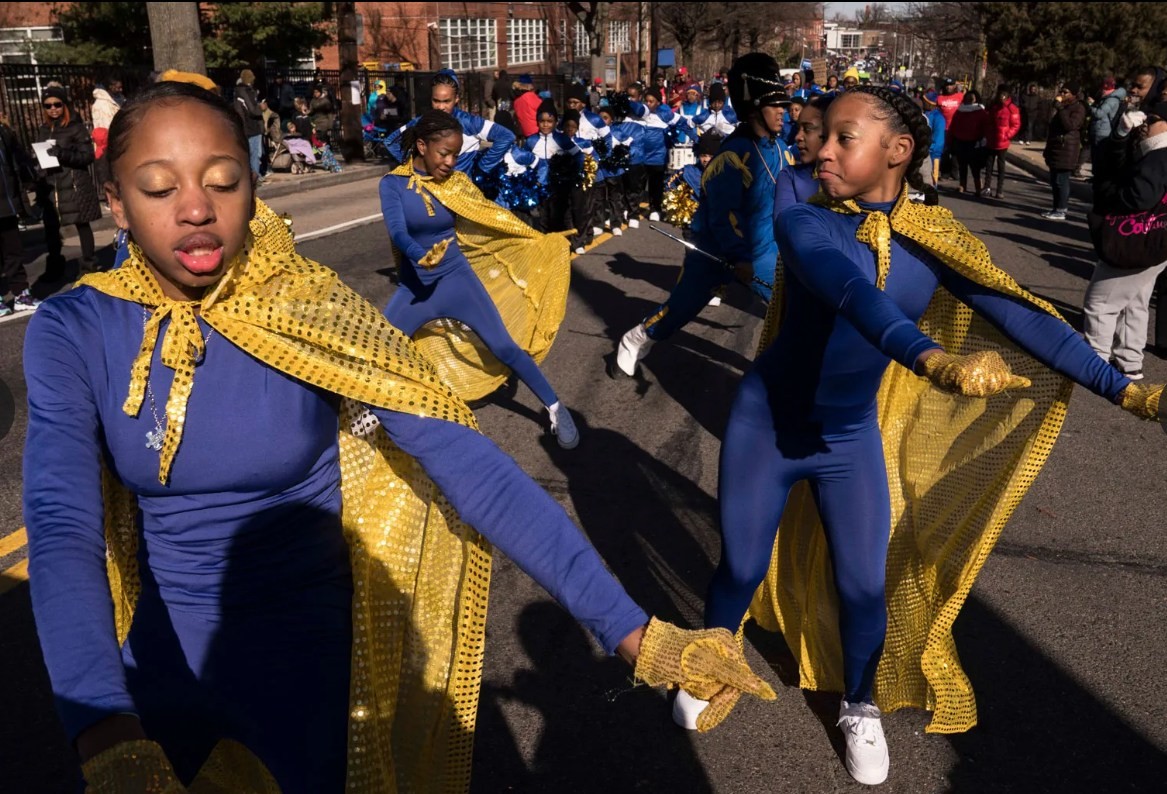What Are The City States: Vatican, Monaco And Singapore
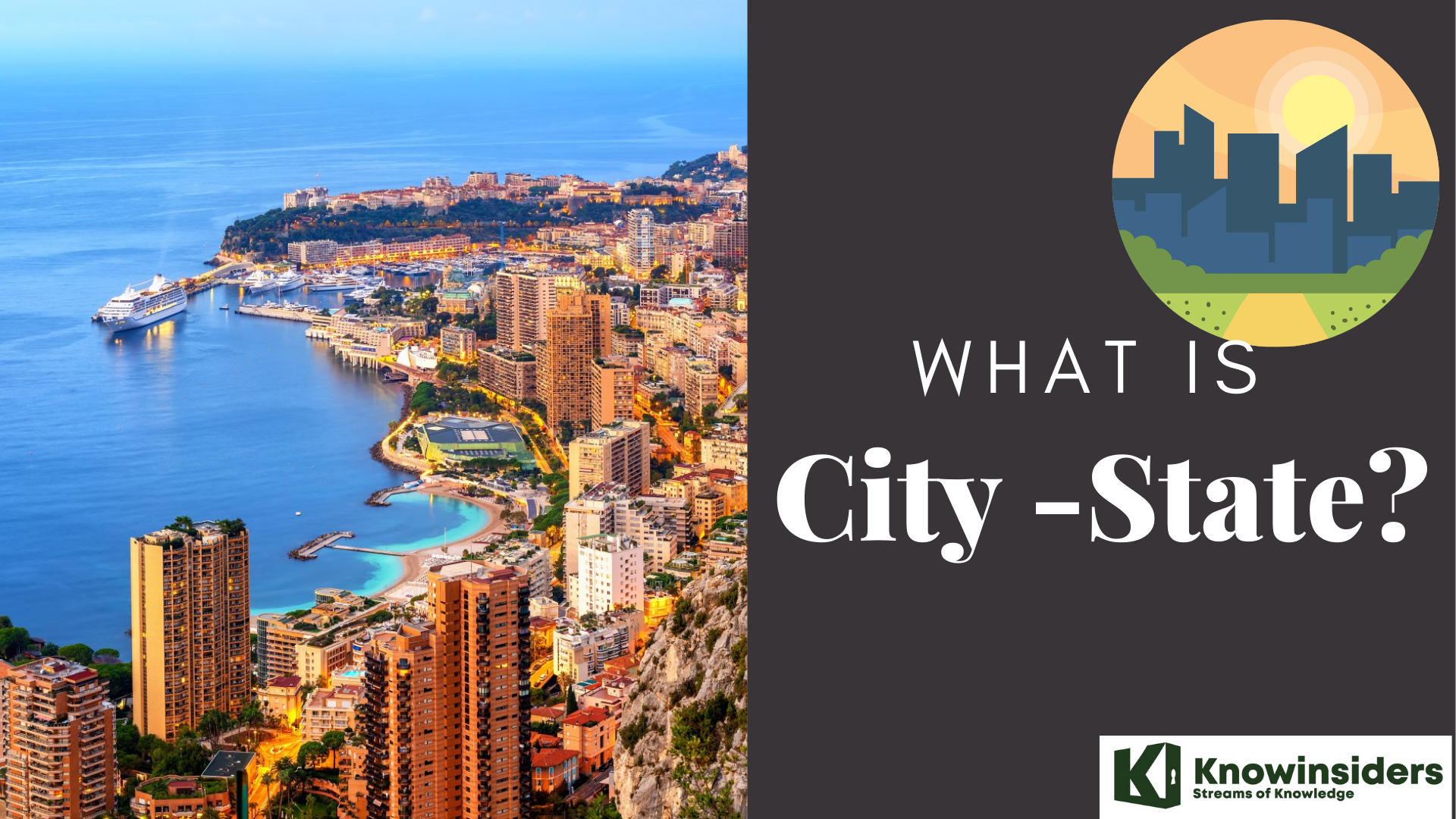 |
| What is City State: Definition, Characteristics, Examples |
City-state, a political system consisting of an independent city having sovereignty over contiguous territory and serving as a center and leader of political, economic, and cultural life. Since a lot of people are new to “City-state” term, let’s take a look at its definition, characteristics and some modern examples of city-states.
What is City State?
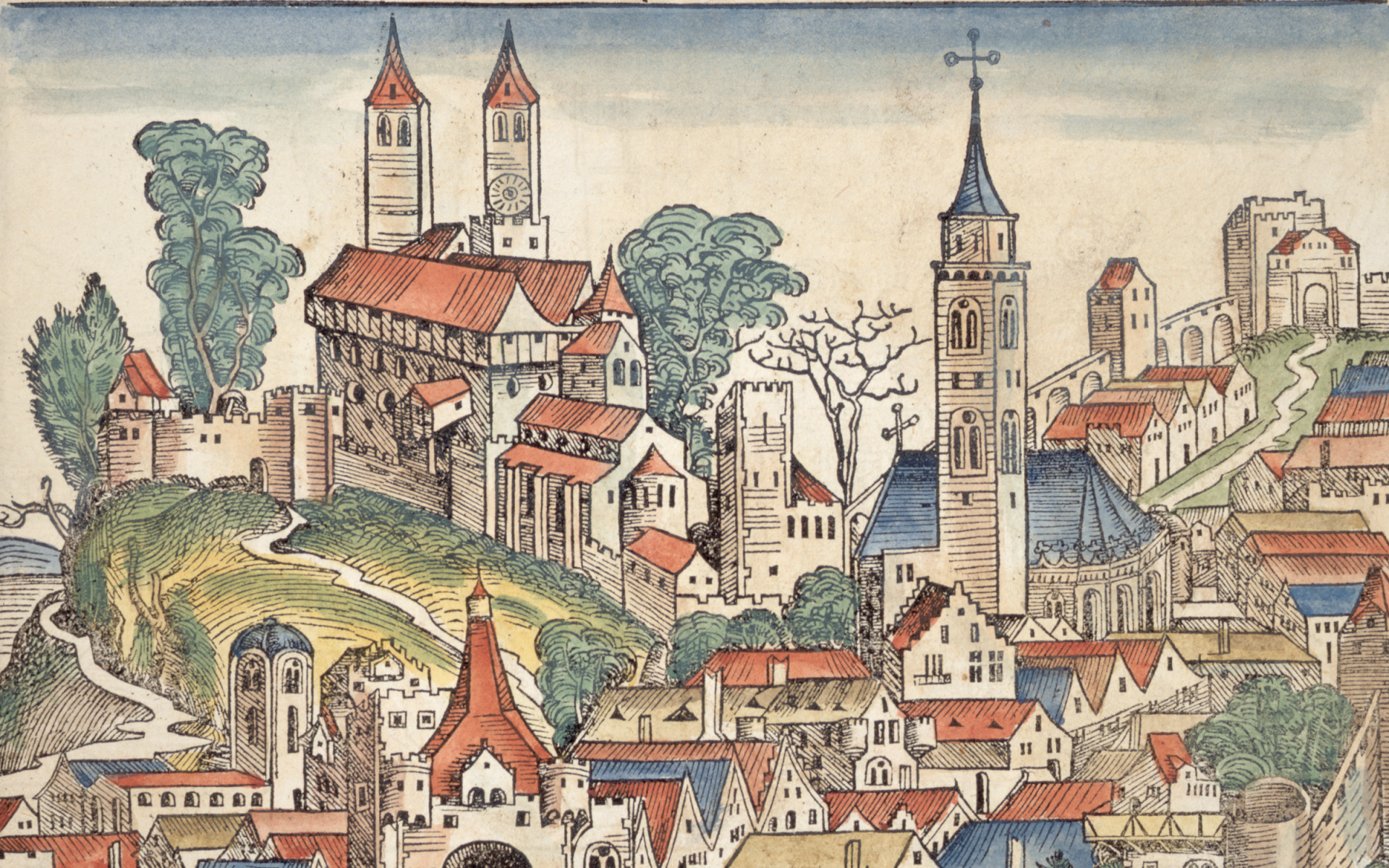 |
| Photo: Engelsberg Ideas |
A city-state is an independent sovereign city that serves as the center of political, economic, and cultural life over its contiguous territory. They have existed in many parts of the world since the dawn of history, including cities such as Rome, Athens, Sparta, Carthage, and the Italian city-states during the Middle Ages and Renaissance, such as Florence, Venice, Genoa, and Milan. With the rise of nation-states worldwide, only a few modern sovereign city-states exist, with some disagreement as to which qualifies; Monaco, Singapore, and Vatican City are most commonly accepted as such.
Singapore is the clearest example, with full self-governance, its own currency, a robust military, and a population of 5.6 million, according to Wikipedia.
Several non-sovereign cities enjoy a high degree of autonomy and are sometimes considered city-states. Macau, Hong Kong, and members of the United Arab Emirates – most notably Dubai and Abu Dhabi – are often cited as such.
History of City State
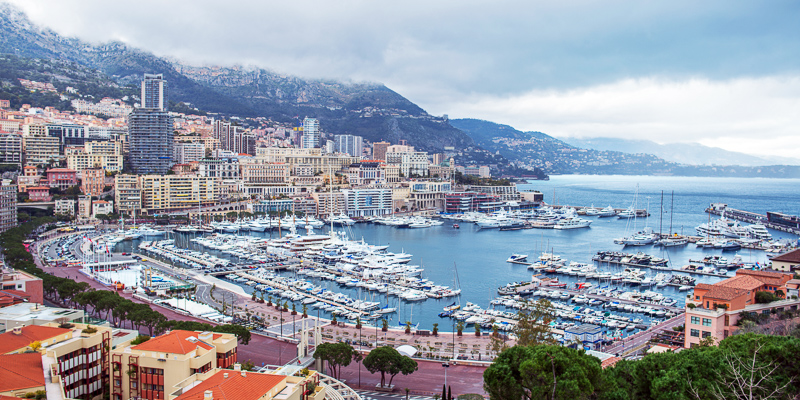 |
| Photo: Educalingo |
City-state, in ancient Greece, Italy, and Medieval Europe, was an independent political unit consisting of a city and surrounding countryside. The first city-states were in Sumer, but they reached their peak in Greece. From the beginning of Greek history to its climax in the 5th and 4th cent. BC, the Greeks were organized into city-states, of which there were several hundred. The first Italian city-states were Greek colonies. Later Etruscan and native city-states emerged, including Rome.
After the fall of the Roman Empire, many Italian cities (e.g., Florence, Genoa, Venice) were city-states until the 19th cent., as were such N German cities as Bremen and Hamburg. The Greek word polis meant both city and city-state. Since the city-state was independent, different states—and the same state at different times—had a variety of governments, ranging from absolute monarchy to pure democracy. Only citizens participated in the government of the city-state, and citizenship was limited to those born of citizen parents. In the classical era, a large proportion of the city-state's population consisted of slaves. Participation by citizens in government was often limited by class distinctions.
The government usually consisted of an assembly and council; the former predominated in democracies, the latter in oligarchies. Although the various city-states combined into religious or military federations, most did not endure for long in Greece, leaving it open to foreign attack by large centralized states to which it eventually submitted, according to Infoplease.
City State’s Characteristics
The unique characteristic of a city-state that sets it aside from other types of government is its sovereignty or independence. This means that a city-state has the full right and power to govern itself and its citizens, without any interference from outside governments. For example, the government of the city-state of Monaco, though located totally within France, is not subject to French laws or policies, according to ThoughtCo.
By having sovereignty, city-states differ from other forms of government establishments such as “autonomous regions” or territories. While autonomous regions are functionally political subdivisions of a central national government, they retain varying degrees of self-governance or autonomy from that central government. Hong Kong and Macau in the People’s Republic of China and Northern Ireland in the United Kingdom are examples of autonomous regions.
Unlike ancient city-states such as Rome and Athens, which grew powerful enough to conquer and annex vast areas of land around them, modern city-states remain small in land area. Lacking the space necessary for agriculture or industry, the economies of the three modern city-states are dependent on trade or tourism. Singapore, for example, has the second-busiest seaport in the world, and Monaco and Vatican City are two of the world’s most popular tourist destinations.
What Are The Modern City-States?
1. Monaco
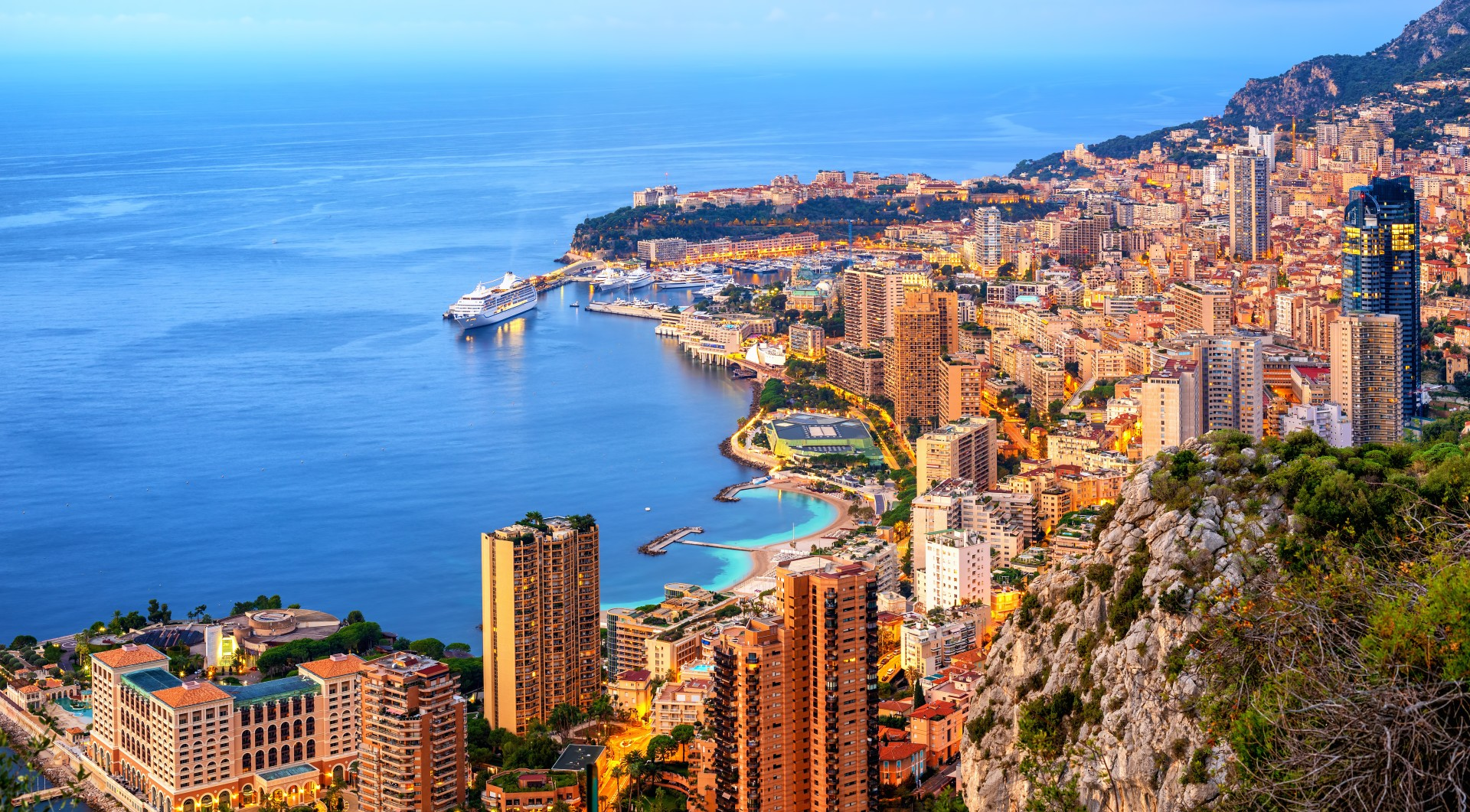 |
| Photo: Getty Images |
Monaco, officially the Principality of Monaco (French: Principauté de Monaco; Ligurian: Prinçipato de Mónego), is a sovereign city-state and microstate on the French Riviera a few kilometers west of the Italian region of Liguria, in Western Europe. It is bordered by France to the north, east, and west, and the Mediterranean Sea to the south. The principality is home to 38,682 residents, of whom 9,486 are Monégasque nationals; it is widely recognized for being one of the most expensive and wealthiest places in the world. The official language is French, although Monégasque (a dialect of Ligurian), Italian, and English are spoken and understood by a sizeable group.
With an area of 2.1 km2 (0.81 sq mi), it is the second-smallest sovereign state in the world, after Vatican City. Its 19,009 inhabitants per square kilometer (49,230/sq mi) make it the most densely populated sovereign state in the world. Monaco has a land border of 5.47 km (3.40 mi) and the world's shortest coastline of approximately 3.83 km (2.38 mi); it has a width that varies between 1,700 and 349 m (5,577 and 1,145 ft).
Maybe you're enchanted by real-life fairy tales? American sweetheart Grace Kelly married Monaco's prince. Perhaps you have a need for speed? The Monaco Grand Prix zooms through this principality each year. Or maybe you're interested in the see-and-be-seen scene? Monaco is the getaway of the jet-set or, should we say, the yacht-set crowd. Multimillion-dollar boats line the harbors of Fontvieille and Monte-Carlo, luxury vehicles like Aston Martins and Rolls-Royces are parked outside of the Monte Carlo Casino and upscale hotels welcome travelers with open arms. Monaco's warm, sunny weather beckons to globetrotters year-round but its glitz and glamour is what really draws visitors to this part of the French Riviera, according to Travel US News.
2. Singapore
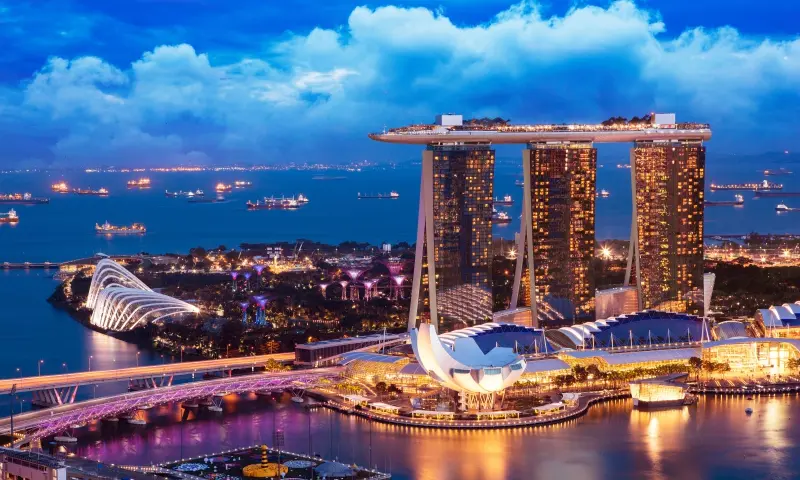 |
| Photo: Traveloka |
Singapore, officially the Republic of Singapore, is a sovereign island city-state in maritime Southeast Asia. It lies about one degree of latitude (137 kilometers or 85 miles) north of the equator, off the southern tip of the Malay Peninsula, bordering the Straits of Malacca to the west, the Riau Islands (Indonesia) to the south, and the South China Sea to the east. The country's territory is composed of one main island, 63 satellite islands, and islets, and one outlying islet, the combined area of which has increased by 25% since the country's independence as a result of extensive land reclamation projects. It has the second greatest population density in the world. With a multicultural population and recognizing the need to respect cultural identities, Singapore has four official languages; English, Malay, Mandarin, and Tamil. English is the lingua franca. Multiracialism is enshrined in the constitution and continues to shape national policies in education, housing, and politics.
The concrete jungles that once dominated Singapore’s skyline are slowly giving way to green skyscrapers, which look more like living ecosystems than business hubs. Fervently working towards its "City in a Garden" dream, the nation is ploughing money into becoming more sustainable and, well, green. Head out of town a little and you’ll find plenty of walking trails, treetop jungle bridges, wildlife galore and the city's green jewel, the Unesco World Heritage–listed Singapore Botanic Gardens: these are the lungs of Singapore, according to Lonely Planet.
Food in Singapore is taken very seriously. From cheap hawker fare to Michelin-starred fine dining, food-enamored Singaporeans will line up for it, Instagram the hell out of it and passionately debate whether it is up to the hype. Don’t fret about finding a place to chow down, as each neighborhood is home to local hawker centers and coffeeshops dishing up some of the island’s best meals for just a couple of bucks. Simply follow your nose or join the longest queue – whatever morsels lie at the end, they are almost guaranteed to be scrumptious.
3. Vatican City
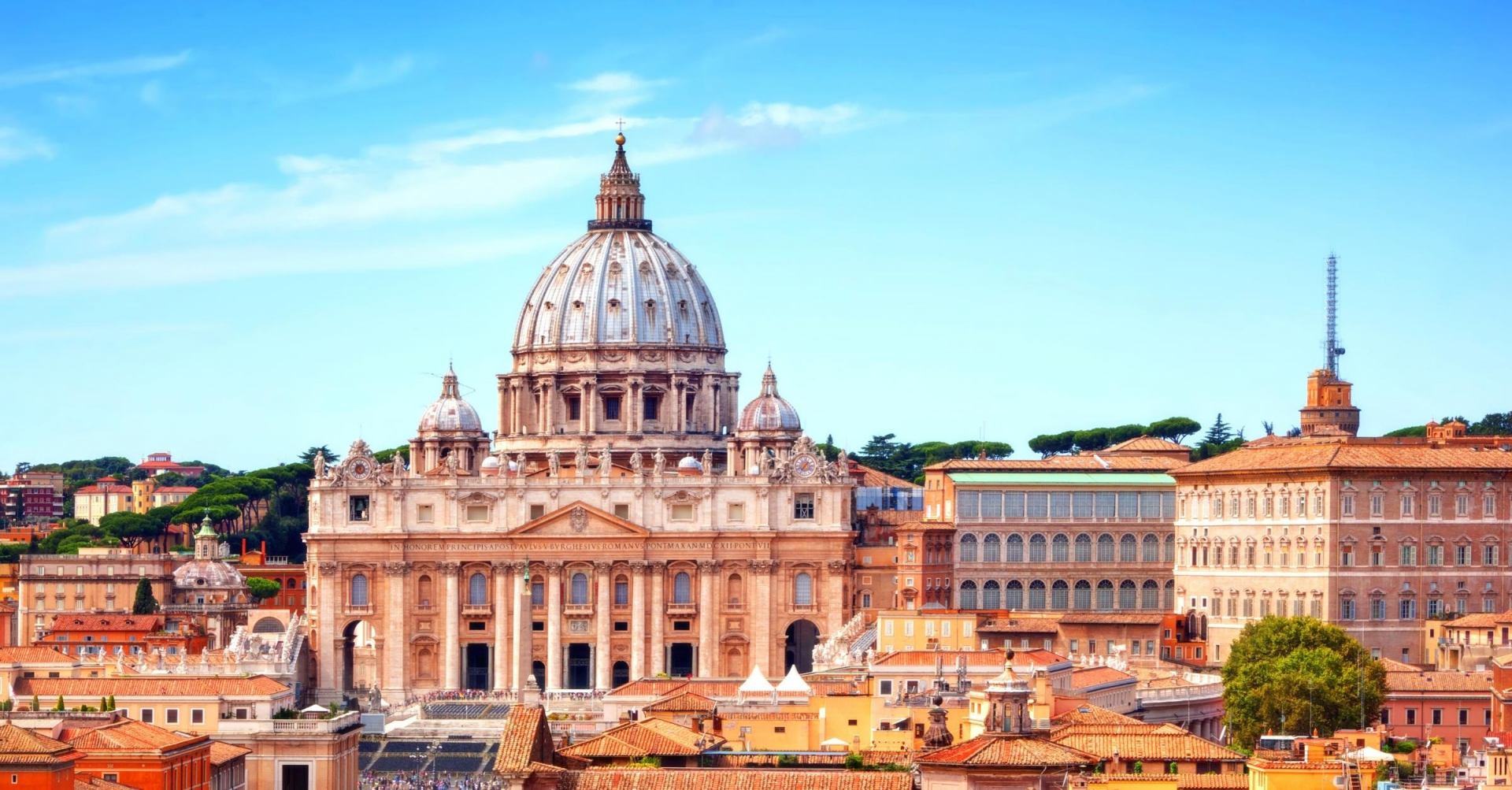 |
| Photo: Daily Travel Pill |
Vatican City is an independent city-state and enclave located within Rome, Italy. The Vatican City State, also known simply as the Vatican, became independent from Italy with the Lateran Treaty (1929), and it is a distinct territory under "full ownership, exclusive dominion, and sovereign authority and jurisdiction" of the Holy See, itself a sovereign entity of international law, which maintains the city state's temporal, diplomatic, and spiritual independence. With an area of 49 hectares (121 acres) and a population of about 825, it is the smallest state in the world by both area and population. As governed by the Holy See, the Vatican City State is an ecclesiastical or sacerdotal-monarchical state (a type of theocracy) ruled by the pope who is the bishop of Rome and head of the Catholic Church. The highest state functionaries are all Catholic clergy of various national origins. After the Avignon Papacy (1309–1437), the popes have mainly resided at the Apostolic Palace within what is now Vatican City, although at times residing instead in the Quirinal Palace in Rome or elsewhere.
The Holy See dates back to Early Christianity and is the principal episcopal see of the Catholic Church, which has approximately 1.329 billion baptized Catholic Christians in the world as of 2018 in the Latin Church and 23 Eastern Catholic Churches. The independent state of Vatican City, on the other hand, came into existence on 11 February 1929 by the Lateran Treaty between the Holy See and Italy, which spoke of it as a new creation, not as a vestige of the much larger Papal States (756–1870), which had previously encompassed much of central Italy.
Within Vatican City are religious and cultural sites such as St. Peter's Basilica, the Sistine Chapel, and the Vatican Museums. They feature some of the world's most famous paintings and sculptures. The unique economy of Vatican City is supported financially by donations from the faithful, by the sale of postage stamps and souvenirs, fees for admission to museums, and sales of publications.
| Nowadays, we have Singapore, Monaco, and the Vatican as the modern independent city-states; whereas cities such as Hong Kong, Macau, and Dubai are autonomous cities - independently functioning with their own governments but are still part of larger nations. It seems hard to imagine a world without countries, but with the rising level of political and economic anxiety, there are talks of demanding independence for major cities. |
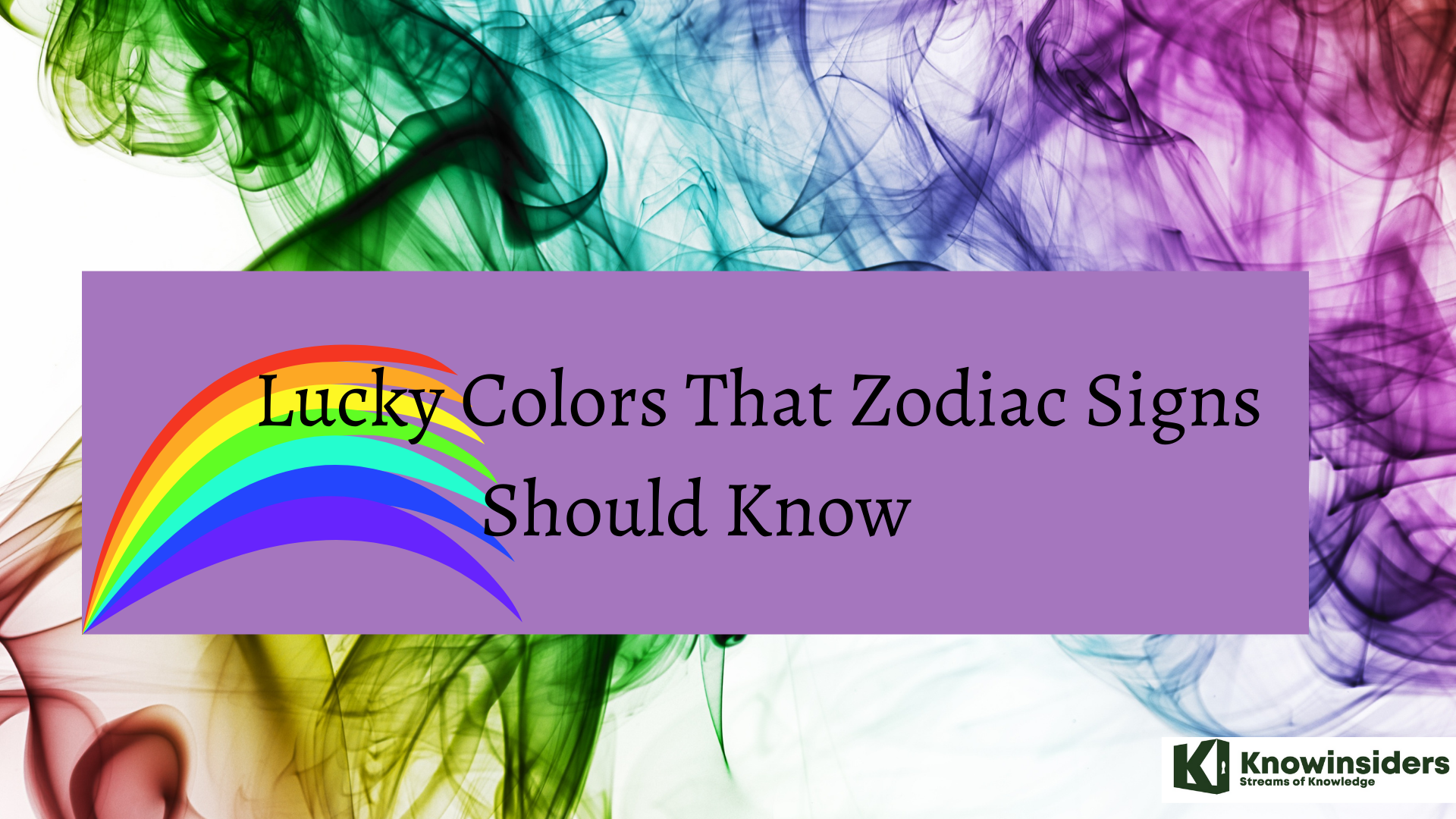 Luckiest Colors That Every Zodiac Sign Needs To Know Luckiest Colors That Every Zodiac Sign Needs To Know Colors are a part of our lives, and each of them bear different meanings, with some are extremely lucky. Find out which one is your ... |
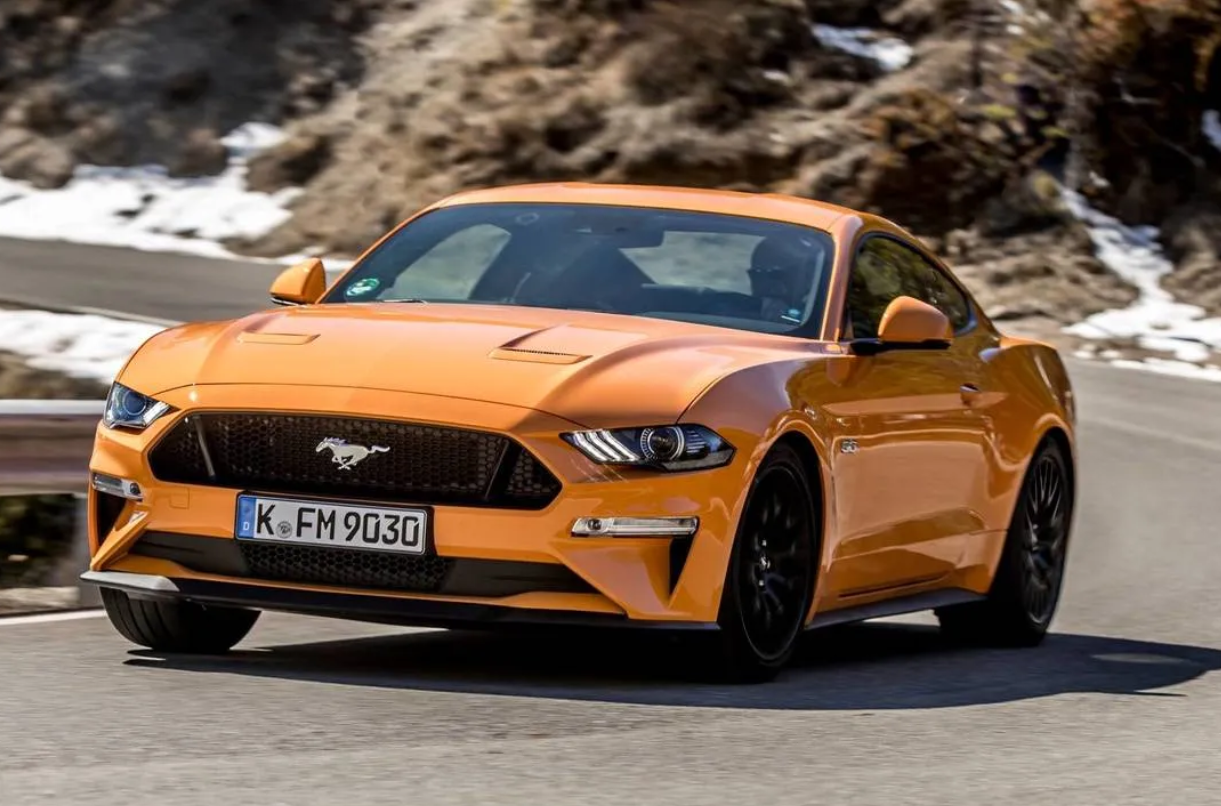 Which Cars Are The ‘Most American’ - Top 10 Which Cars Are The ‘Most American’ - Top 10 The "List of Most American Cars" appraises the percentage of parts used in each car that comes from the United States or Canada. |
 What Is Meta or Metaverse - Facebook's New Name and Why? What Is Meta or Metaverse - Facebook's New Name and Why? FACEBOOK has decided to rebrand with a new name, Meta (metaverse). Why has Facebook changed its name? What is the Meta's meaning? |
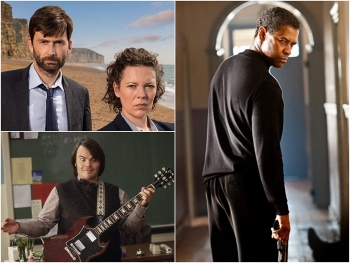 What's New On Netflix Australia for November 2021 What's New On Netflix Australia for November 2021 Discover all of the movies and TV shows scheduled coming to and leaving Netflix Australia in November 2021. |


